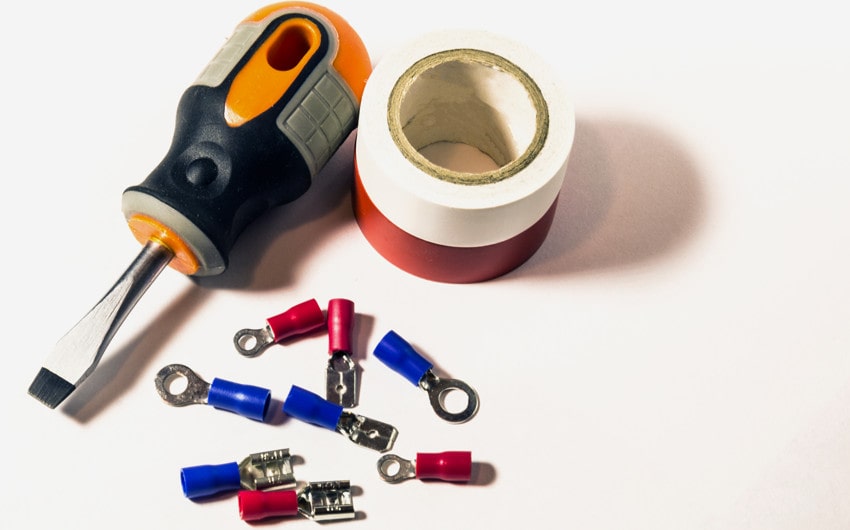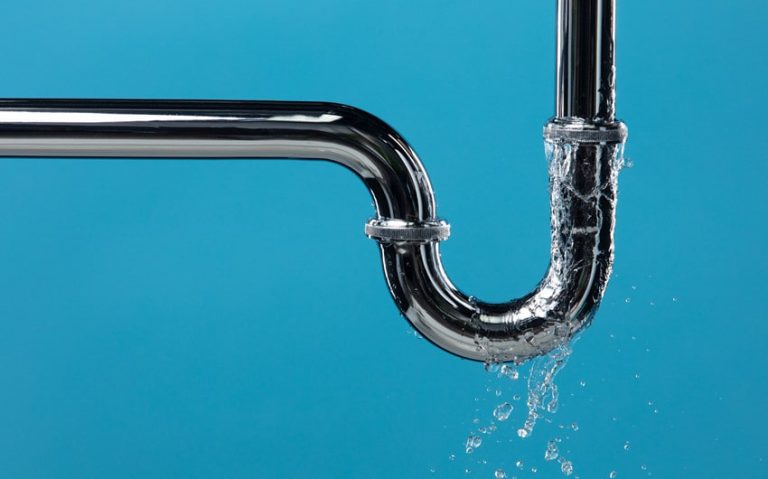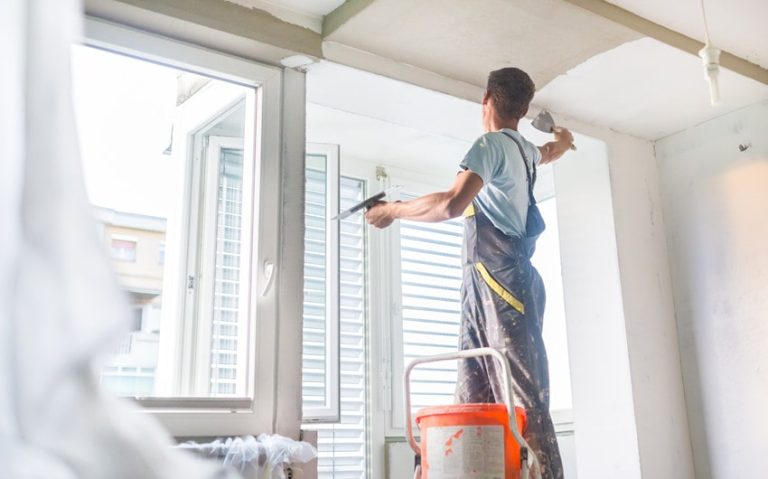In the context of commercial use, choosing heat-resistant materials can be seen as a balance between cost and effectiveness. It is crucial to select materials that provide safety, efficiency and durability while also considering budget restrictions. This article looks into how one can assess heat-resistant materials by looking at the relationship between expense and performance.
Understanding Heat-Resistant Materials
Materials that can resist heat are planned to bear high temperatures and stop thermal harm. They are used in different fields like construction, aerospace, electronics and manufacture. The usual types are ceramics, metals and special polymers. Each material has its own level of heat resistance, durability and cost. It is important to know about these properties before choosing one.
Material Composition
Diverse heat-resistant materials possess unique compositions that influence their price and effectiveness. Ceramics and refractory metals are renowned for their superior resistance to heat, but they might be costlier because of the way they are made. In contrast, high-temperature polymers could have a lower price tag but may not provide equal thermal shielding.
Temperature Tolerance
How well a material handles extreme temperatures is an important aspect of its performance. Usually, materials that have been made to work in very high or low temperature situations will cost more money. For instance, items used in space exploration need to endure severe heat and coldness which makes them pricier than those employed within less demanding settings. Matching the material’s temperature tolerance with the application’s needs is very important. It prevents one from paying for capabilities they don’t require.
Durability and Longevity
The lifespan of a heat-resistant material impacts its cost and also the way it functions. If the material lasts longer, then there is less need to change it frequently because it can endure high temperatures for more time without getting damaged. For instance, metals such as tungsten and molybdenum are very durable but they come with a costlier price. On the other hand, less strong materials might cost less at the start but could result in more expenses for maintenance and replacements.
Manufacturing and Processing Costs
The manufacturing and processing of heat-resistant materials can have a very different cost depending on many factors. For example, things like the cost of heat resistant tape is typically lower than that of other heat-resistant materials like ceramics or metals, making it an economical choice for certain applications.
However, its effectiveness is dependent on the specific temperature range and conditions it needs to withstand. When evaluating heat-resistant tape, consider its temperature tolerance, adhesive strength, and ease of application.
Application-Specific Requirements
Every application can have its own requirements that affect the selection of material. For instance, items used in fireproof construction must follow special safety and fire resistance standards. Materials for electronics need to consider both heat resistance and electrical insulation properties too. Knowing what the application needs can assist in choosing a material with good balance between cost and performance.
Evaluating Cost vs. Performance
For a cost-benefit analysis, you match the first expenses of various materials with their performance advantages. Think about immediate costs like buying and setting up, as well as other not so obvious costs such as maintenance and time when it is not working. This kind of comparison helps in finding out which material gives the highest worth for this use.
Assess Total Cost of Ownership
The total cost of ownership is everything needed to buy and maintain an item. It considers more than just the buying price, but also costs for setup, keeping it good and changing it with time.
A thing might have a low price at first look, yet require expensive care or frequent replacement that adds up over many years – this could make its whole cost very high even if its beginning expense was low. Calculating the full cost of owning a material aids in choosing cautiously based on what will work best for you in the long run regarding your money plans.
Conclusion
To evaluate heat-resistant materials for commercial purposes, a key factor is the equilibrium between cost and performance. By comprehending features of material substances, monitoring how much temperature they can tolerate, looking at their strength over time and in different environments, as well as considering manufacturing expenses alongside with future gains or losses – businesses are able to make knowledgeable choices that match their requirements and monetary limitations.
Talking to professionals in this field and being aware of new developments boosts understanding on what could be the least expensive but still high-performing option for any use.





